Estimated reading time 15 minutes, 29 seconds.
A fighter pilot and instructor, Maj Maciej “Match” Hatta was Snowbird 6, Outer Right Wing, for the 2014-2015 season with the Canadian Forces Snowbirds. He remained with the team to fill Snowbird 3, Inner Left Wing, and Snowbird 7, Outer Left Wing, in 2016-2017. In December 2019, he moved to Edwards Air Force Base, California, with his family to begin the grueling United States Air Force Test Pilot School course as part of Class 20A. After graduating a year later as an experimental test pilot, Maj Hatta surpassed 3,000 military flying hours while adding 100 unique hours to the logbook, having flown on 20 aircraft types. He has since moved back to Canada to begin working at the Aerospace Engineering Test Establishment in Ottawa, Ontario, as a qualified test pilot. He currently flies the Transport Canada Aircraft Services Directorate King Air C90A, and anticipates jumping back into the Hornet in the near future.
Skies recently invited our followers on Instagram to submit their questions for Maj Hatta. See his answers below!
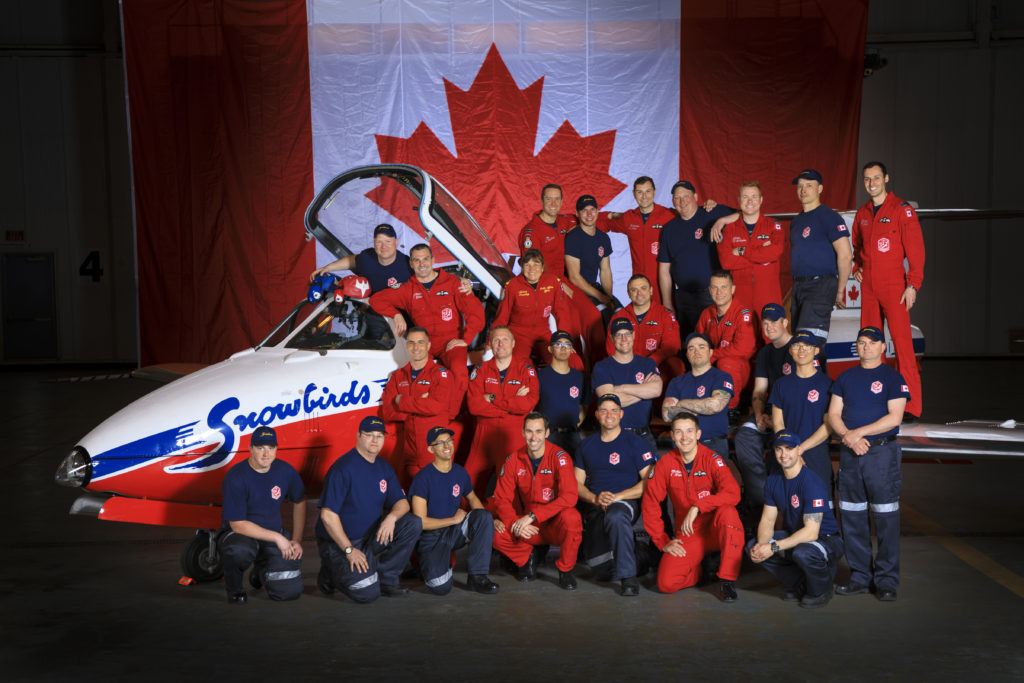
Skies: What is your favorite aircraft you’ve flown?
Maj Hatta: Uh-oh… the tried-and-true question right out the gate! Tough to narrow it down, with the exposure to some 20 types I’ve had over the last year. Probably a tie between the HU-16 Albatross, an amphibian, and the C-17. We got to fly the Albatross out to Lake Mead [Nevada] during Test Pilot School, and it was awesome doing circuits on water — or jumping off the wing once docked ashore. The C-17, on the other hand, was a massive aircraft that handled similar to a fighter. It was a unique experience banking at 250 feet above ground level with such a wingspan, on top of getting to air-drop my camera gear out the back! But in the end, it really comes down to the type of flying. So, it’s going to have to be the CT-114 Tutor — simply for the type of flying I got to do with the Snowbirds for four years. Hanging out in the same piece of sky with a bunch of your close friends was by far the best. Final answer.
Skies: Follow-up: What is your favorite fighter jet to fly?
Maj Hatta: The F-16 was a beast at Edwards Air Force Base. So much thrust, maneuverability, and visibility! Yet I caught myself countless times reaching for a central control stick or canopy bow mirrors to see the tail, out of sheer habit. It made me miss the CF-18, I guess, as that was my first real introduction to operational work after years of training to get there. So I’d have to say the CF-18! You haven’t seen the northern lights until you’ve seen them under night vision goggles, dancing around you as you scramble out of Cold Lake [Alberta] on a midnight NORAD mission.
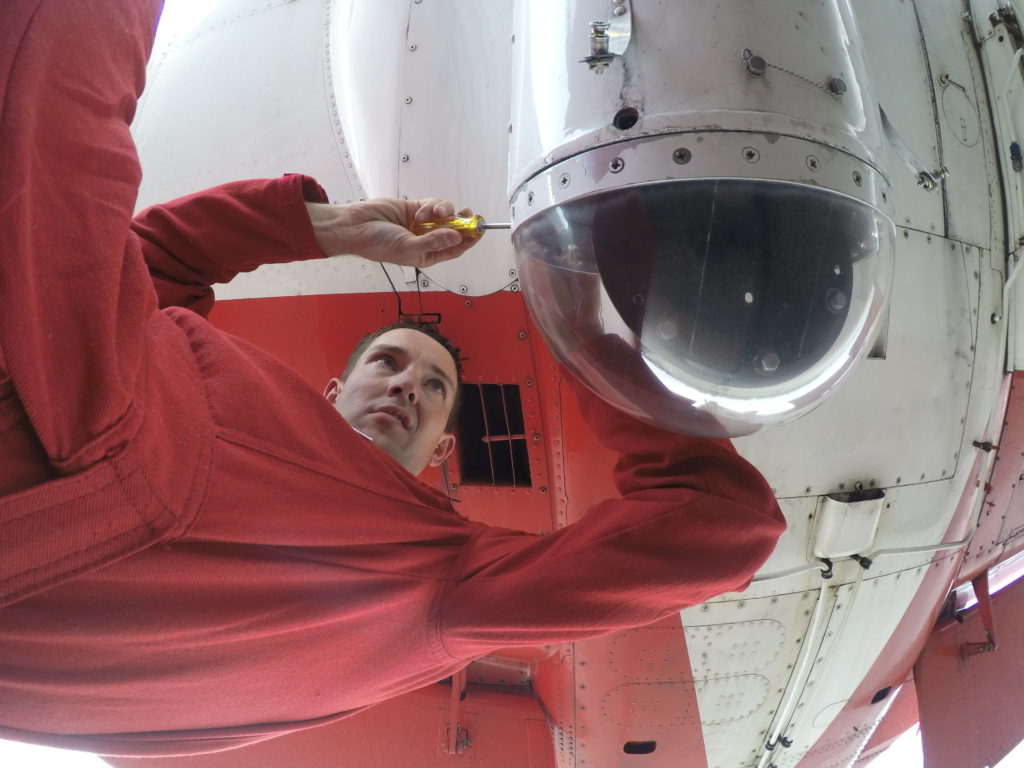
Skies: What is the best way of joining the RCAF?
Maj Hatta: I cannot oversell the merits of the Air Cadet program. It got me, and so many others, in some part — be it large or small — to where we are today. I was involved in cadets for a full seven years, and then was accepted to the Royal Military College of Canada in Kingston, Ontario. Free school, and a job! That said, there are definitely other entry options, depending on education and ultimate trade goals. A local recruiting center would have the latest updates on how to apply.
Skies: How were you able to connect your passion for videography and photography with your other passion of being a fighter pilot in the RCAF?
Maj Hatta: The former led to the latter. My passion for flight started with a Blue Angels music video I watched as a kid on some promotional VHS tape. I think I wore out the tape with the sheer number of rewinds and replays! I remember watching it for the first time and thinking: “Yup, let’s do that. That looks awesome!” I was probably eight or nine years old. Once I started looking, I realized I needed to find the equivalent version here in Canada, and that is where the Snowbirds dream was born — amongst the fighter and test pilot dreams, too! The content creation since has been my attempt at paying it forward for future generations, showcasing great aviation perspectives that these dreams carry with them. Maybe they fade in social media feeds or obscurity, but if one child watches and a dream sparks, it was all worth it.
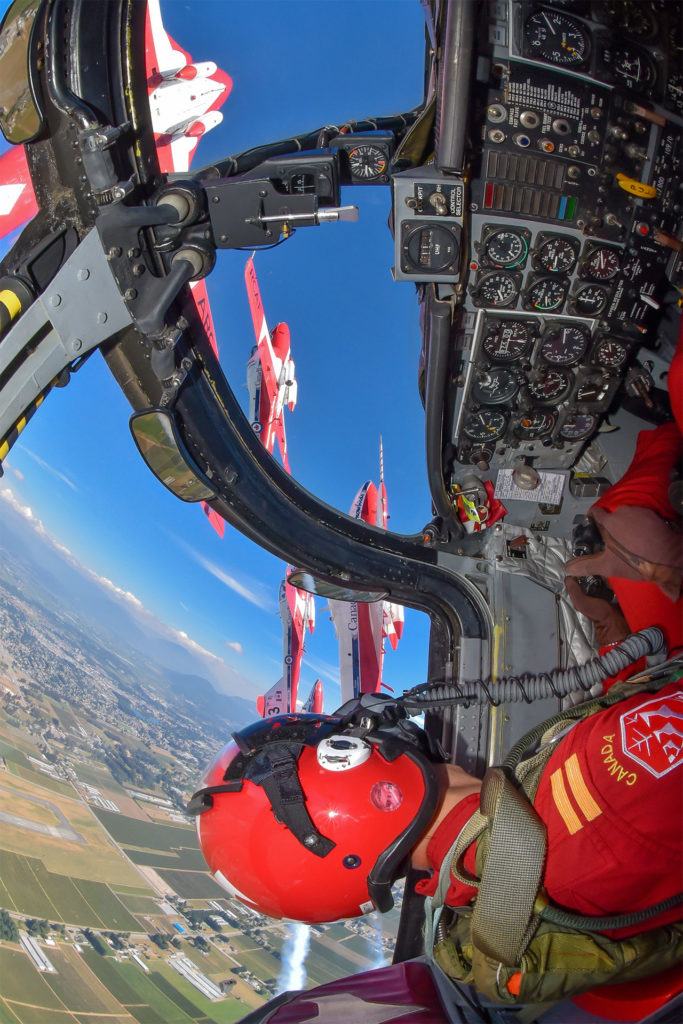
Skies: Do you need a specific STEM degree for test pilot schools?
Maj Hatta: Last I checked, you need engineering or math/science of some sort for test pilot school. That is subject to change depending on the institution, but it would definitely help. It was a little rough dusting off the math cobwebs from 15 years ago prior to moving to Edwards, but totally worth it!
Skies: What did you enjoy most about joining the U.S. Air Force Test Pilot School?
Maj Hatta: Sure, there are the glossy airplanes and flying. Those are the obvious ones. What is less advertised, but even more enjoyable, is the crew you work with. Top notch instructors, and a close-knit family of classmates as we worked together on various projects and helped one another work through the arduous year as a class and team. Oh, and learning way more than I ever knew before about airplanes. You may not want to judge a book by its cover, but you learn how to judge airplanes that way (and many other ways), and see how designs have evolved over the years.
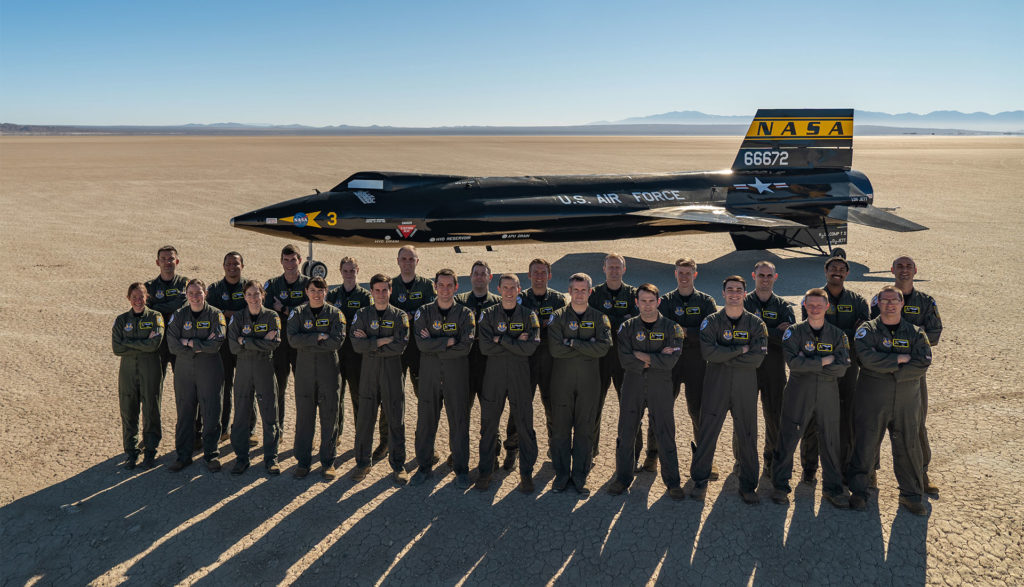
Maj Hatta is pictured in the back row, far left. Maciej Hatta Photo
Skies: Are there any specific training missions that stand out while you were at Edwards AFB?
Maj Hatta: How much space do I have to answer? Many of them stand out, like my first trip back in the old SGS 2-33 gliders that I flew in Air Cadets over 20 years ago. Getting to fly the approach profile flown by the Space Shuttle, in both T-38C and C-17 aircraft, was impressive, too. Your entire front view is filled with the ground, and in the T-38C you had to look above the canopy bow to see the horizon. Being out of control in the F-16 was also neat, and required a familiar technique to us Canadians: the aviation equivalent of rocking your car out of the snow by pitch-rocking nose up and down to break out of the departure. And sometimes that was inverted.
Skies: What was the most difficult lesson that had the greatest benefit from your training?
Maj Hatta: Given enough time, you definitely build up a repertoire of lessons. The one that stands out most for me personally is one that is probably not well known. I had a mid-air with a teammate during my second year on the Snowbirds. It was relatively benign (if they ever are) as far as swapping paint goes, because we were in the same formation with fairly low relative motion. But nonetheless, it happened.
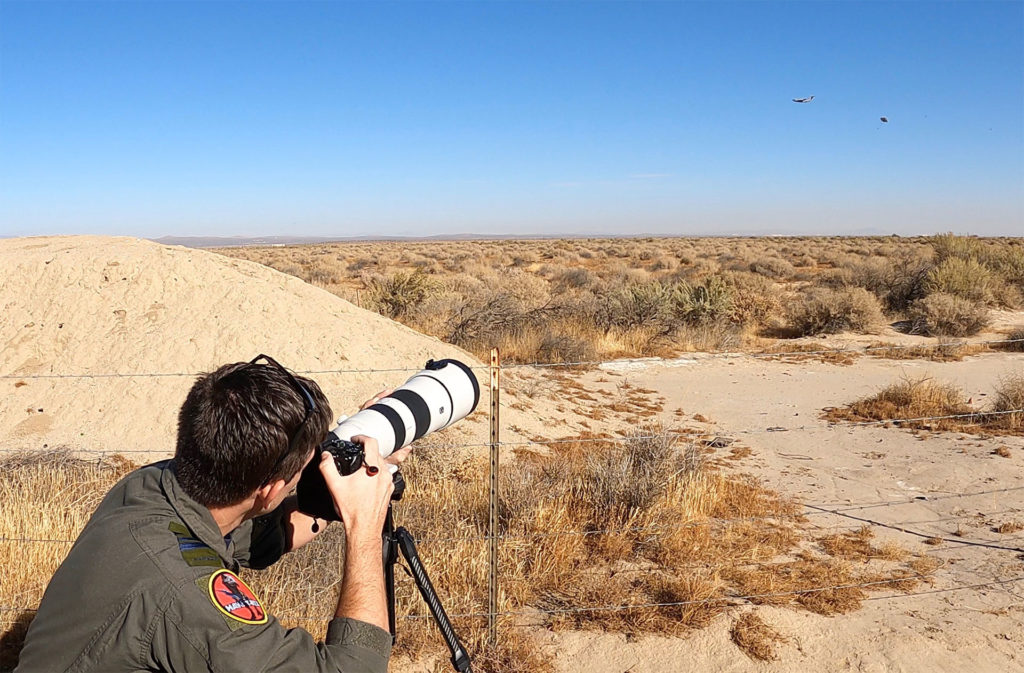
Then we had to knock it off, do controllability checks, and come home. It takes practice to be able to compartmentalize an event like that and move on to the next one to get yourself home safe — especially when your mind is focused on what you just messed up, and if your teammate is OK. In the end, we both landed just fine — less a bent pitot tube and a punctured aileron. But I owe getting back safe to the training throughout RCAF flying courses on how to react when things don’t go right, coupled with the strength of a team. The Snowbirds are all about trust. It was a personal challenge to strive to perform and win back the trust of teammates. We never had a perfect show, nor does that even exist. But as a concept, it speaks volumes to the effort placed on performing well and being aware of your weaknesses, and continuously working to improve both yourself and those around you.
Skies: What aircraft will you be flying out of Ottawa?
Maj Hatta: I’ll be a fixed-wing qualified test pilot, focused mostly on up-and-coming CF-18 testing. For proficiency locally, we now fly the King Air C90A in collaboration with the Transport Canada Aircraft Services Directorate. It’s great exposure to the world of CRM and automation for me, with mostly single-pilot background in Hornets, Tutors, and Hawks.
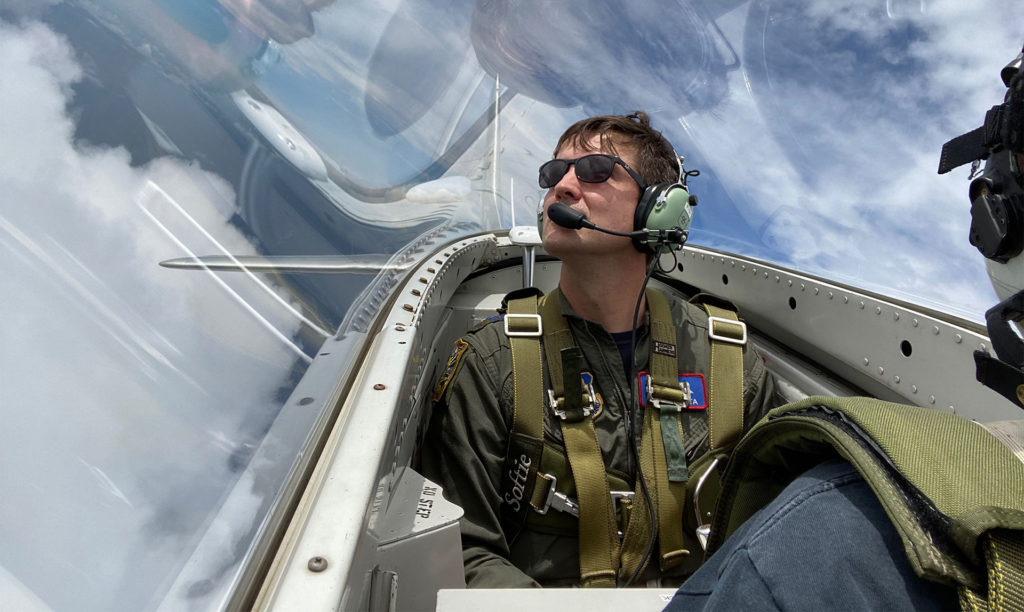
Skies: What are the least and most fun parts of flying in your opinion? (Planning, odd hours, etc.)
Maj Hatta: Unfortunately, you’re never flying 24/7, and even that would be taxing! Ground work (secondary duties and such) are usually not what people sign up for, but are necessary, to a degree, to keep units and squadrons running smoothly; taking care of those under your watch is always important. The odd hours are usually OK from a flying perspective, as you are probably doing something interesting at that time (like night vision goggles or night strafing). The travel I did with the Snowbirds, and even flying down in southern California, was amazing. I’ve seen most of Canada and a large part of the U.S. from a unique vantage point (often even inverted)! Those experiences are not free, though. They come at the cost of needing a strong family balance and support network on the home front. I would not have been able to experience these views without the understanding and unwavering support of my wife, daughter, family, and friends back home. Yet another reason to try to capture some of my perspectives and create content to share those experiences.
Q&A with fighter pilot & instructor, Maj Maciej ‘Match’ Hatta - Skies Magazine
Read More
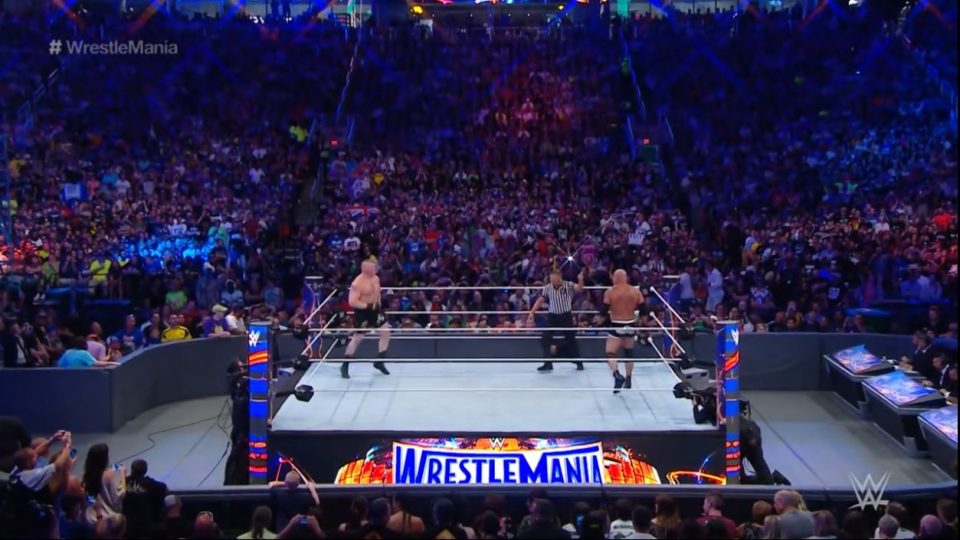
No comments:
Post a Comment